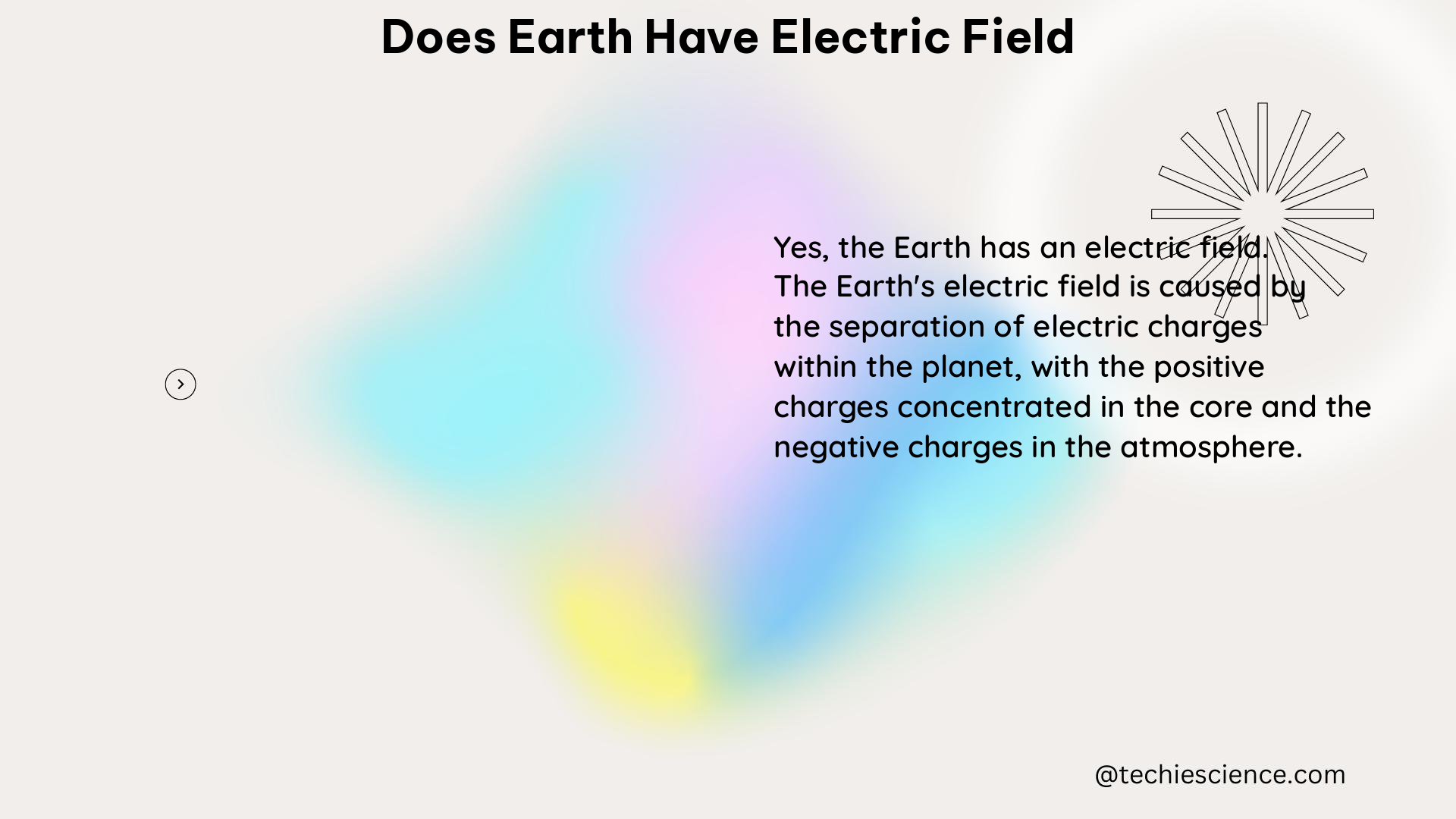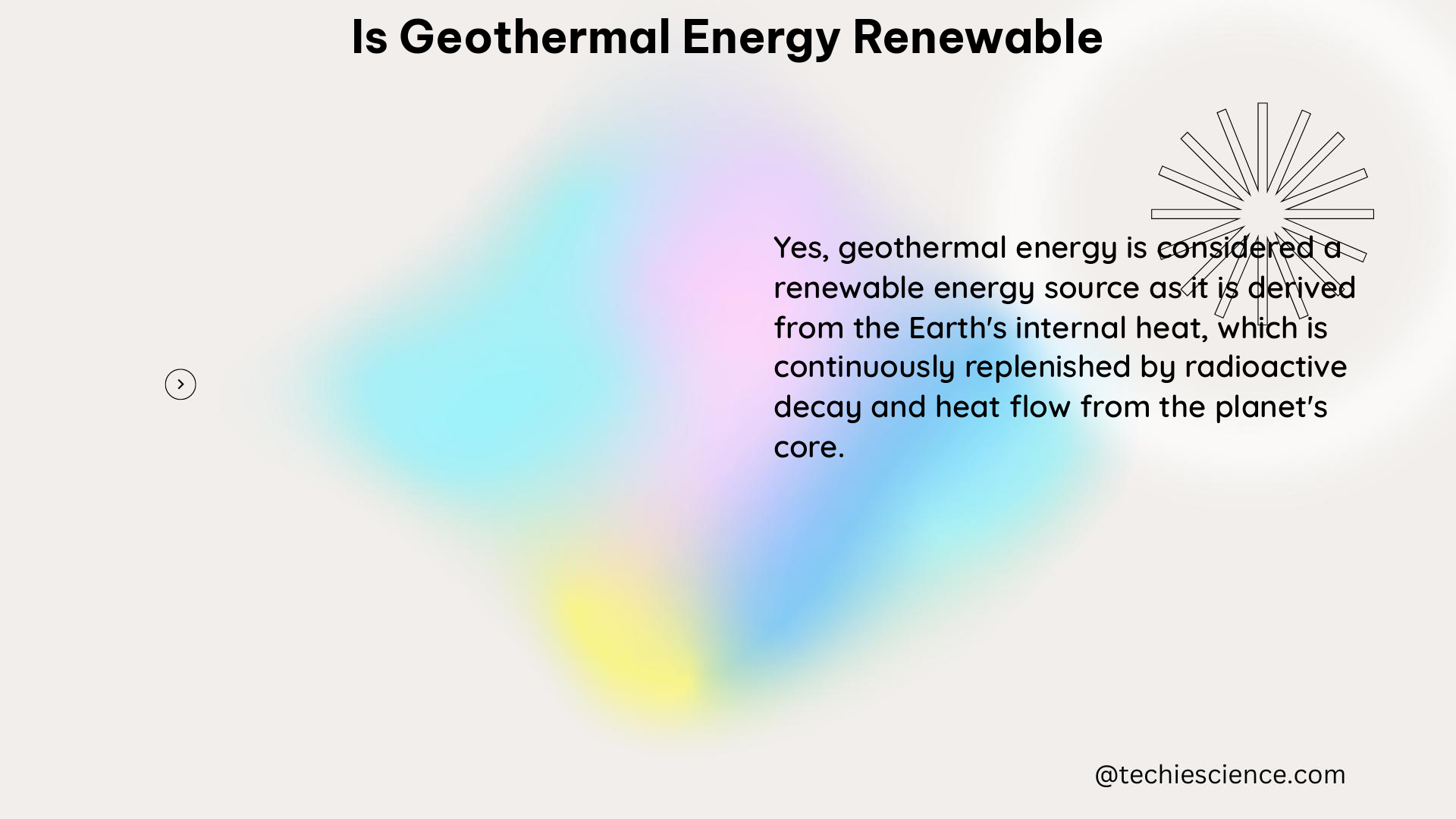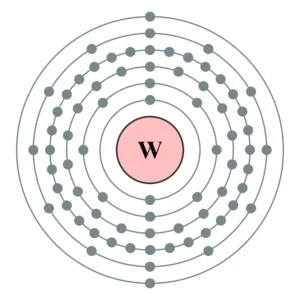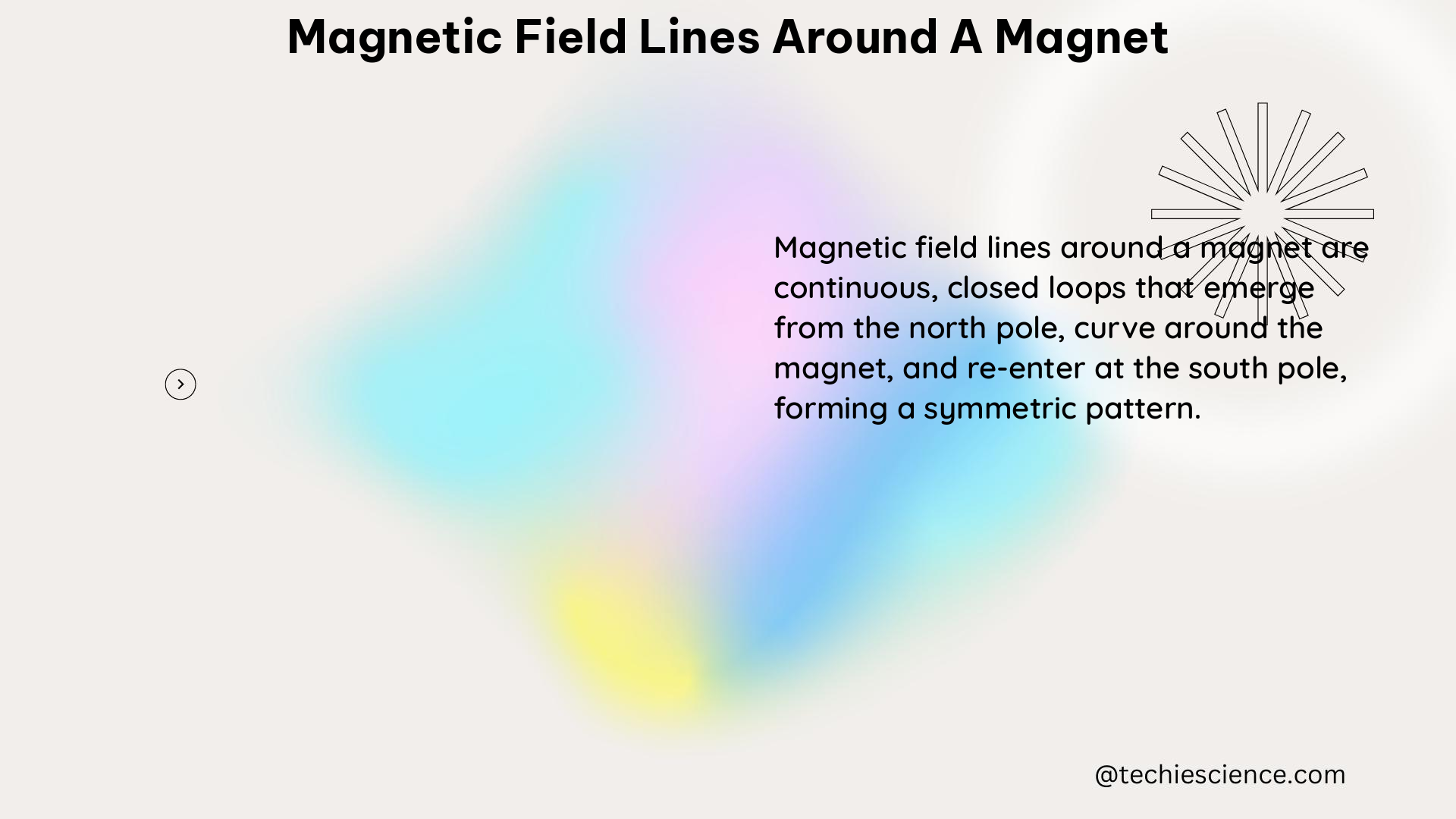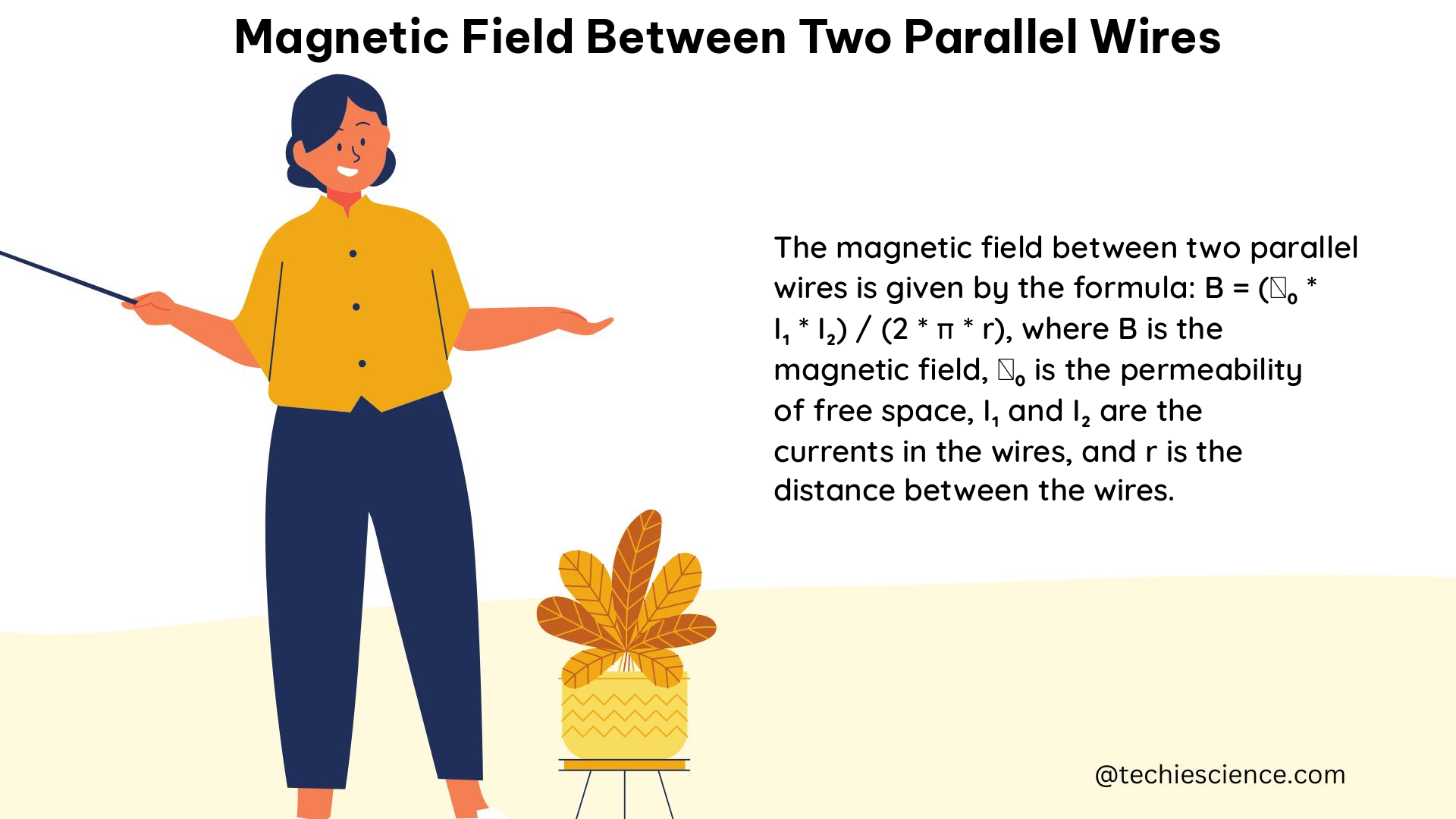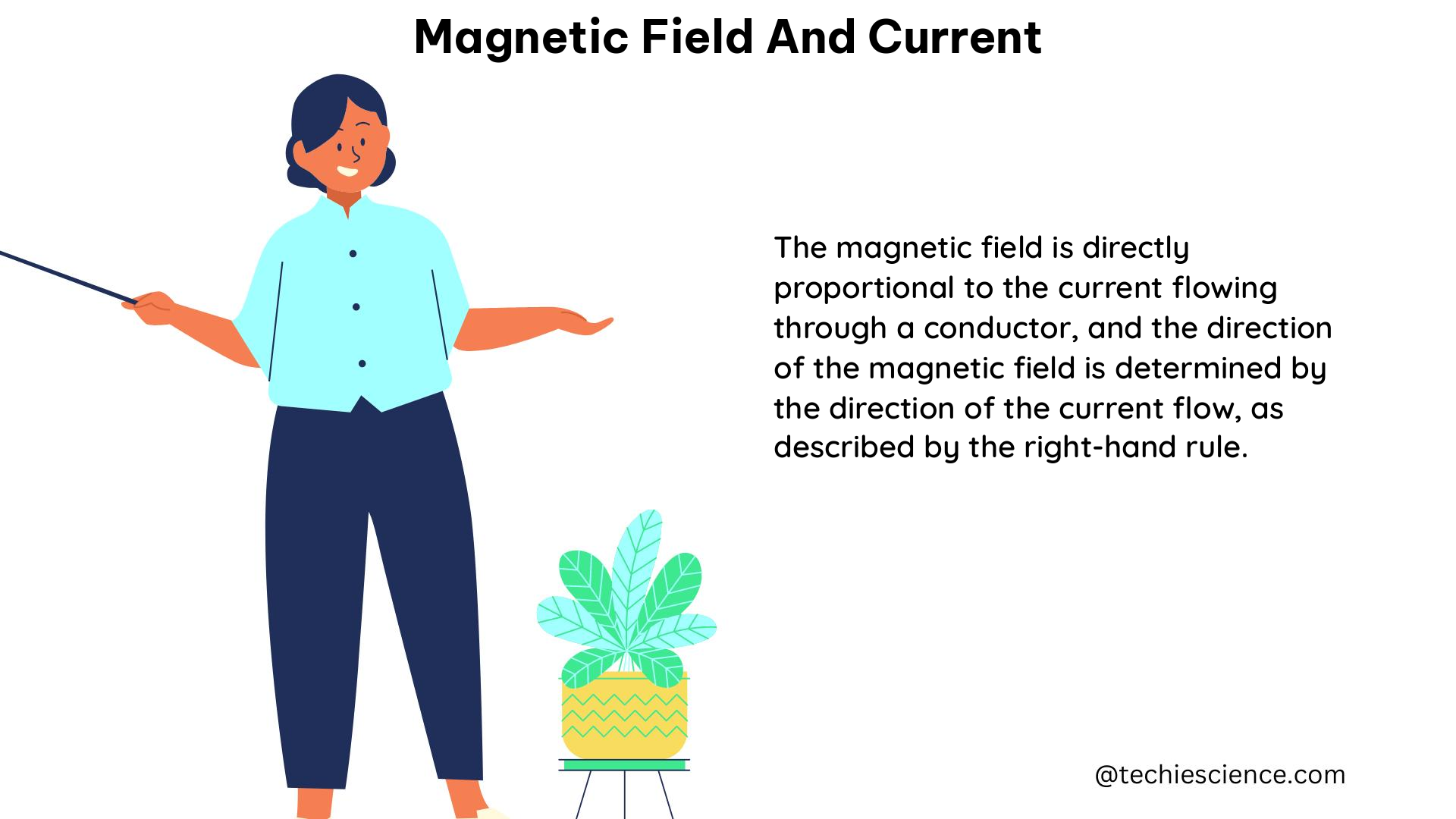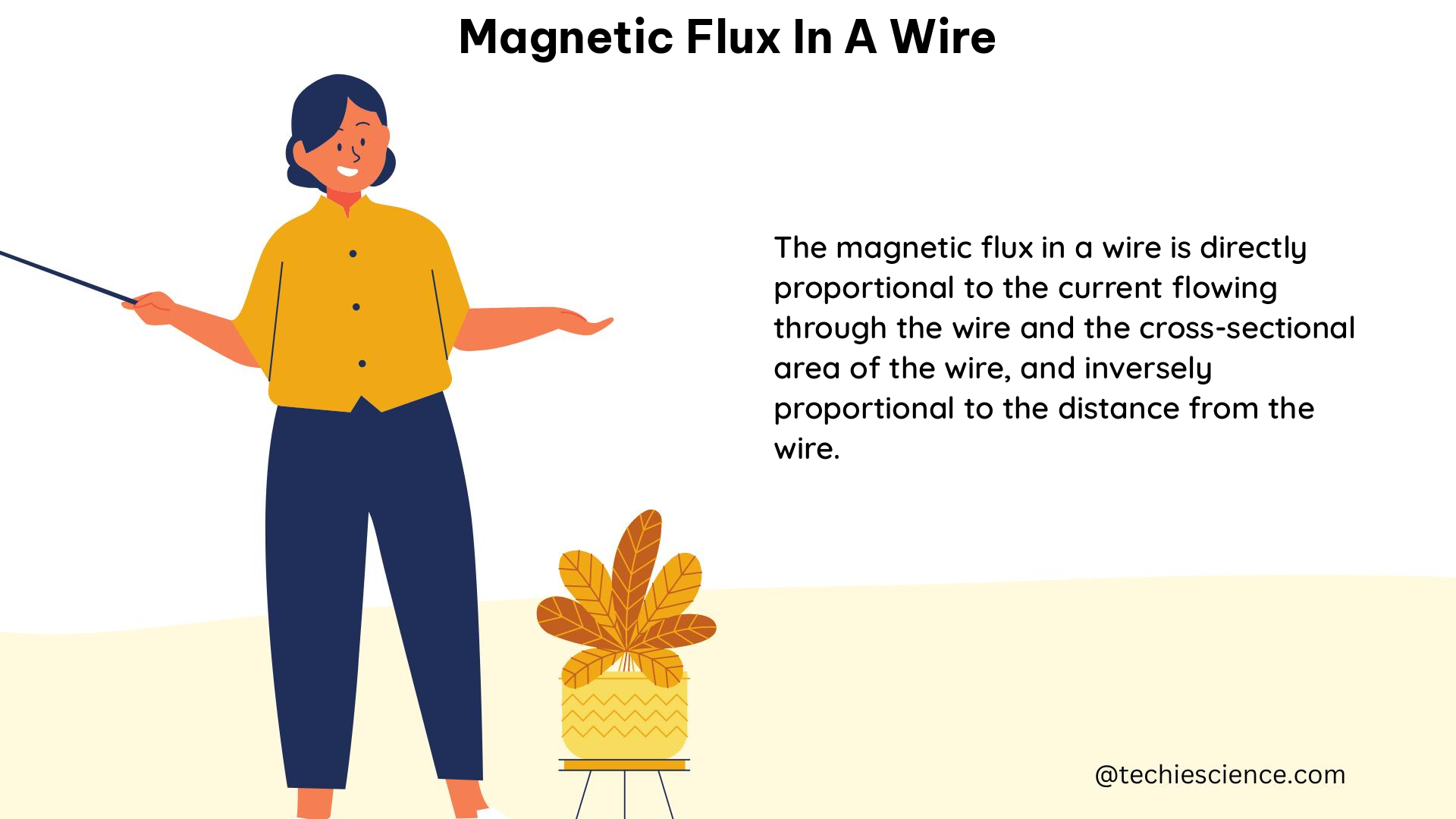In the realm of physics, the concept of distance being a curve is a fundamental aspect of non-Euclidean geometries, differential geometry, and general relativity. This intriguing idea challenges the traditional notion of distance as a straight line and opens up a world of fascinating mathematical and physical insights.
Understanding Curved Distances
The notion of distance as a curve arises from the study of non-Euclidean geometries, where the traditional Euclidean axioms of parallel lines and the sum of angles in a triangle being 180 degrees do not hold true. In these non-Euclidean spaces, the distance between two points is not necessarily represented by a straight line, but rather by a curve that minimizes the length between them.
One of the key concepts in this context is the geodesic, which is the shortest path between two points in a curved space. In the realm of general relativity, the path of a particle moving under the influence of gravity is a geodesic in spacetime. The length of a geodesic can be calculated using the metric tensor, which describes the geometry of spacetime.
Another important concept is the metric space, where the distance between two points is defined as the length of the shortest path between them, which can be a curve. The length of a curve in a metric space can be calculated using the integral of the norm of its velocity vector with respect to time.
Technical Specifications
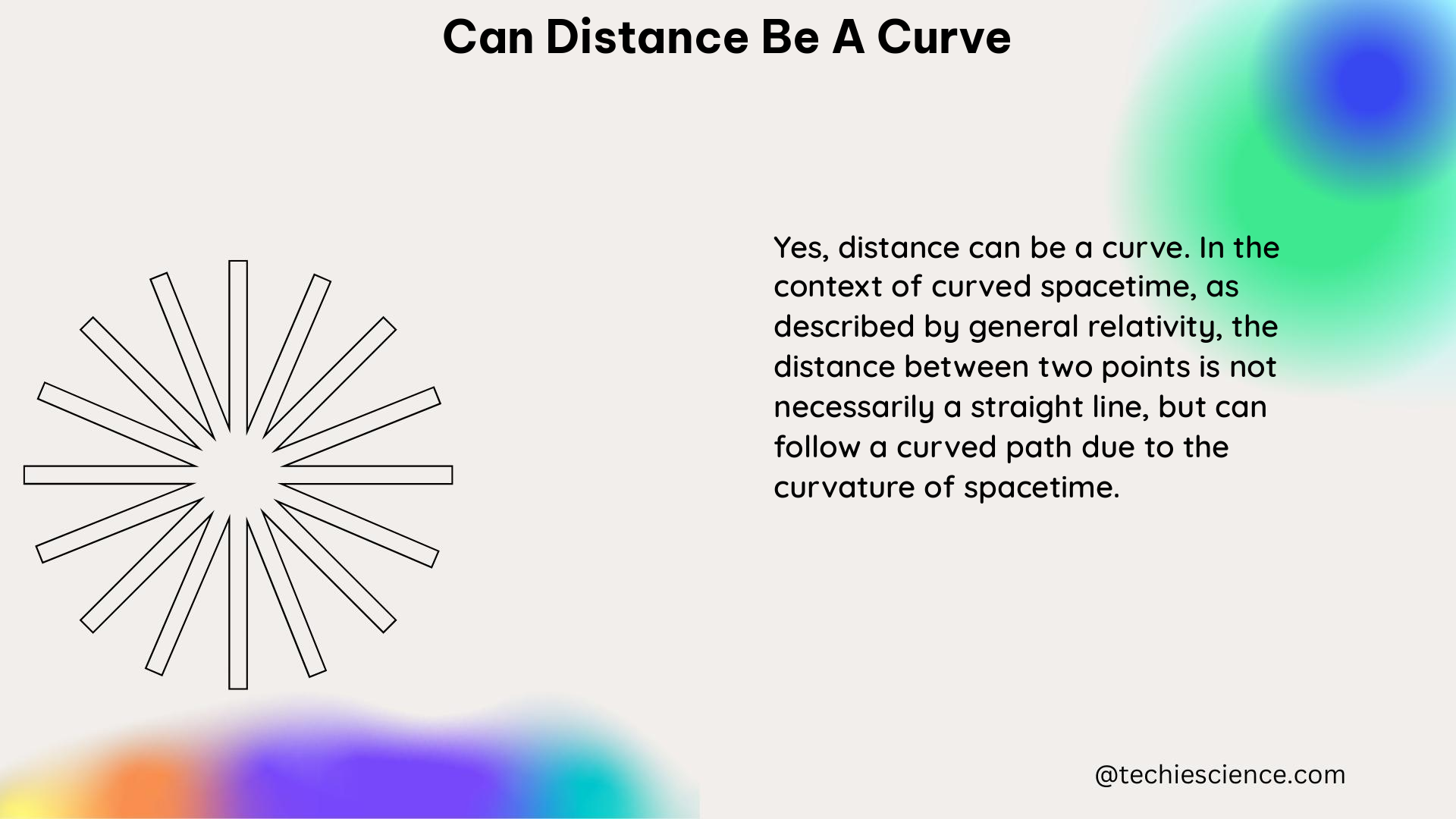
Differential Geometry
In differential geometry, the length of a curve is given by the integral of the square root of the dot product of the derivative of the position vector with respect to time and itself. Mathematically, this can be expressed as:
$L = \int_{t_1}^{t_2} \sqrt{\dot{\mathbf{r}}(t) \cdot \dot{\mathbf{r}}(t)} dt$
where $\mathbf{r}(t)$ is the position vector of the curve as a function of time.
General Relativity
In the context of general relativity, the length of a curve in spacetime is given by the integral of the line element, which is a function of the metric tensor and the coordinates of the curve. The line element is expressed as:
$ds^2 = g_{\mu\nu} dx^\mu dx^\nu$
where $g_{\mu\nu}$ is the metric tensor and $dx^\mu$ are the differentials of the coordinates.
Metric Space
In a metric space, the distance between two points $x$ and $y$ is defined as the infimum of the set of lengths of all curves connecting them. Mathematically, this is expressed as:
$d(x, y) = \inf { L(\gamma) : \gamma \text{ is a curve connecting } x \text{ and } y }$
where $L(\gamma)$ is the length of the curve $\gamma$.
Theorems and Formulas
-
Curve Length in Differential Geometry: The length of a curve in differential geometry is given by the formula:
$L = \int_{t_1}^{t_2} \sqrt{\dot{\mathbf{r}}(t) \cdot \dot{\mathbf{r}}(t)} dt$ -
Line Element in General Relativity: The line element in general relativity is given by the formula:
$ds^2 = g_{\mu\nu} dx^\mu dx^\nu$ -
Distance in Metric Space: The distance between two points $x$ and $y$ in a metric space is defined as:
$d(x, y) = \inf { L(\gamma) : \gamma \text{ is a curve connecting } x \text{ and } y }$
Examples and Numerical Problems
Example: Curve Length Calculation
Calculate the length of the curve given by the parametric equations:
$x(t) = t^2$, $y(t) = t^3$, and $z(t) = \sin(t)$ from $t = 0$ to $t = 1$.
Numerical Problem: Curve Fitting and Length Calculation
Given a set of data points in $\mathbb{R}^3$, find the curve of best fit and calculate its length.
Figures and Data Points
Figure: Curve in $\mathbb{R}^3$

A curve in $\mathbb{R}^3$ with its length marked.
Data Points: Object Position
| Time (s) | X (m) | Y (m) | Z (m) |
|---|---|---|---|
| 0 | 0 | 0 | 0 |
| 1 | 1 | 2 | 1 |
| 2 | 4 | 6 | 2 |
| 3 | 9 | 12 | 3 |
| 4 | 16 | 20 | 4 |
A set of data points in $\mathbb{R}^3$ representing the position of an object at different times.
Values and Measurements
- Value: The length of a curve can be measured in units of length, such as meters or feet.
- Measurement: The length of a curve can be measured using various techniques, such as numerical integration or approximating the curve with straight line segments.
